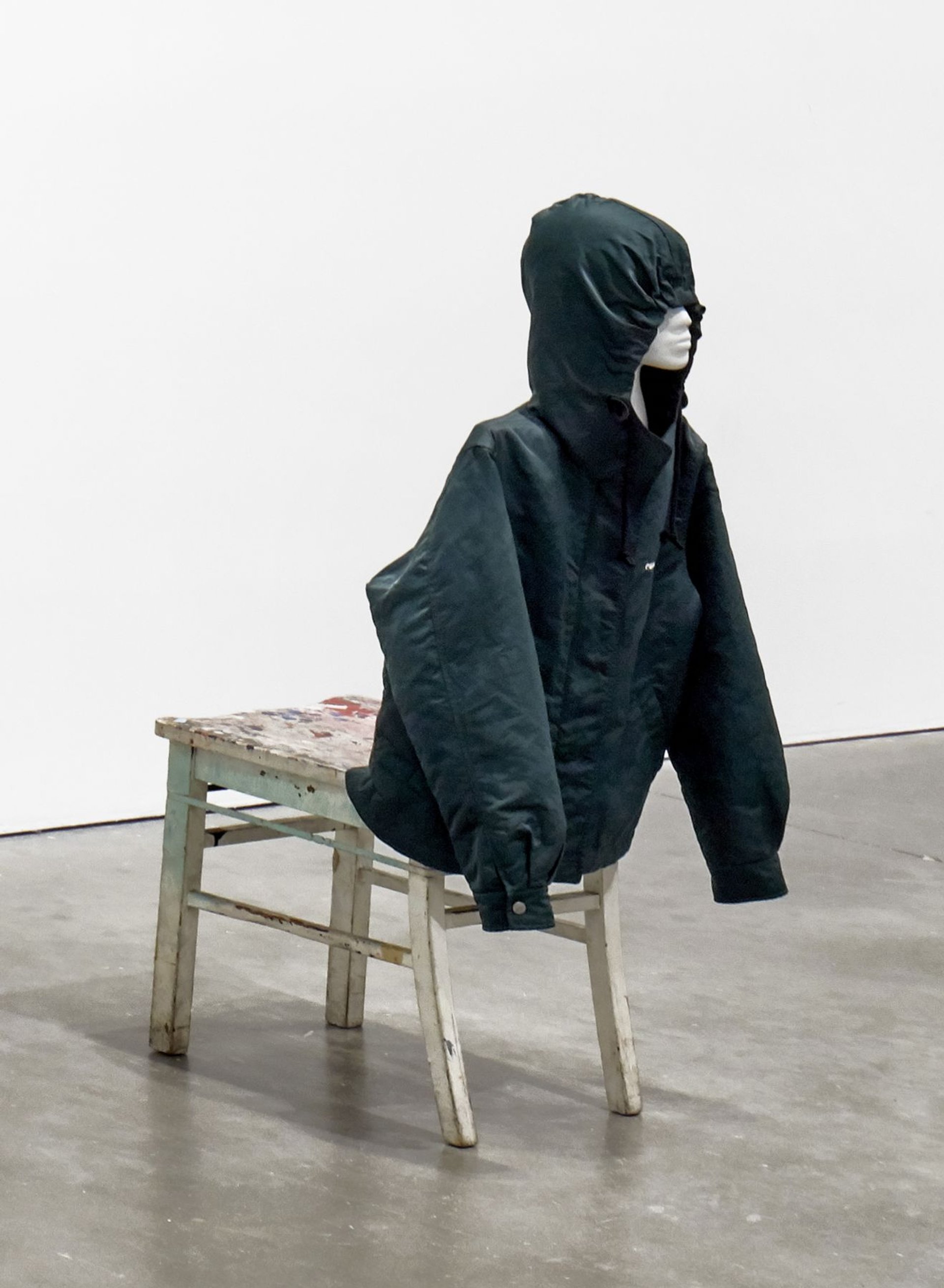A brush with… Huma Bhabha — podcast
Bhabha was born in 1962 in Karachi, Pakistan, and has been based in the US since 1981—she now lives in Poughkeepsie, New York state. She has achieved a profoundly individual figurative sculptural language, exploring the rich history of her medium while also looking to the future.
Huma Bhabha, Mask of Dimitrios, 2019
Daniel Perez. Courtesy of the artist and David Zwirner Gallery
Informed by ancient monuments, Modernist sculpture and an array of other artforms, Huma employs various sculptural traditions—from modelling with clay, to carving, to found-object assemblage—to create figures that are monumental yet vulnerable, otherworldly yet rooted in the vicissitudes of contemporary geopolitics. Alongside her sculptures, Huma has made similarly powerful work in two-dimensions, particularly in combinations of drawing and collage.

Huma Bhabha, Centaur, 2000
© Huma Bhabha. Courtesy the artist and David Zwirner
She reflects on the early and ongoing impact of Rembrandt on her work, her fascination with Pablo Picasso and Robert Smithson, the influence of the writing of Amy Goodman and Roberto Bolaño and how she has responded to the films of Jean-Luc Godard and Jean Negulesco. She also gives insight into her life in the studio and answers our usual questions, including: what is art for?
- Huma Bhabha—Encounters: Giacometti, Barbican, London, until 10 Aug
- Huma Bhabha: Distant Star, 13 June-26 July
This podcast is sponsored by Bloomberg Connects, the arts and culture platform. Bloomberg Connects offers access to a vast range of international cultural organisations through a single click, with new guides being added regularly. They include numerous museums and galleries in the US that have had solo presentations of Huma Bhabha’s work, including the ICA/Boston, The Contemporary Austin in Texas, and MoMA PS1 and the Met Fifth Avenue in New York. The guide to the Met features extensive content on the recently refurbished Michael C Rockefeller Wing, with in-depth audio dedicated to the three territories explored in the wing: the Arts of Africa, Oceania and the Ancient Americas. You can hear a range of voices as they explore an extraordinary wealth of objects; in the Arts of Africa section, for instance, El Anatsui discusses his tapestry assembled from recycled bottle caps and the ceramic sculptor Magdalene Odundo reflects on the bodily associations of a terracotta vessel made by a Kurumba artist in Burkina Faso.




